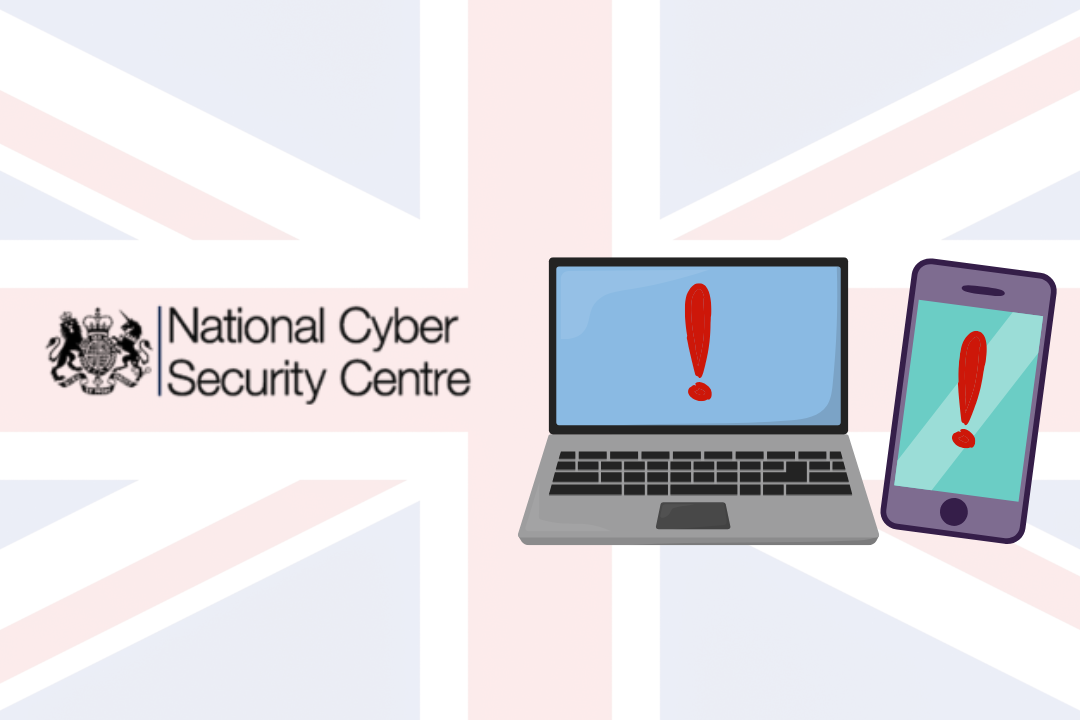The goal of penetration testing, often referred to as pen testing, is to validate the effectiveness of your current security controls. It’s a critical component of a comprehensive cybersecurity strategy but should be employed once you have an established cyber security strategy, rather than at the starting point of your cybersecurity journey.
Penetration testing involves simulating real-world attacks on your systems, applications, and networks to identify vulnerabilities before any malicious actor can. Ethical hackers, or penetration testers, conduct these tests using a variety of techniques to uncover weaknesses. At OmniCyber Security, our world-class team keeps up to date with the latest developments in hacking to give you the most true-to-life test possible. The primary goal of penetration testing is to provide a detailed analysis of security gaps and recommend measures to mitigate them.
The Primary Goal: Validation of Security Measures
The primary goal of penetration testing is to validate the effectiveness of your current security controls. By simulating attacks, pen testing proves that your defences can withstand real-world threats, and shows you where you need to improve. Here’s how pen testing serves this purpose:
- Identifying Vulnerabilities: Pen testers identify weaknesses that may have been overlooked during routine security assessments. This includes unpatched software, misconfigured systems, and insecure coding practices.
- Testing Security Controls: Pen testing evaluates the effectiveness of your security controls, such as firewalls, malware detection systems, and access controls. It ensures that these measures are functioning correctly and providing the intended level of protection.
- Validating Incident Response: Pen tests can also test your incident response procedures. By simulating an attack, you can assess how well your team detects, responds to, and recovers from a security incident.
- Compliance and Reporting: Many industries require regular penetration testing as part of their compliance frameworks, such as PCI DSS, HIPAA, and ISO 27001. Pen tests provide the necessary documentation to demonstrate compliance with these standards.
When Should Penetration Testing Be Conducted?
Penetration testing is a valuable tool for validating your security, but it should not be the initial step in your cyber security journey. Conducting a pen test without first establishing a mature security framework can be counterproductive. Here’s why:
- Do the basics first: A pen test will only reveal the obvious vulnerabilities if your basic security measures aren’t in place. The fundamental first steps are ensuring up-to-date antivirus software, firewalls, encryption, and secure access controls. Without these, pen testing results will be redundant and offer little value.
- Inefficient Use of Resources: Penetration testing is an in-depth and often costly process. Without regular security assessments and vulnerability scans already in place, your resources would be better spent on these activities that provide immediate improvements in security posture.
- You’ll only have to do it again: Cyber security evolves quickly, especially when you’re just starting to implement it in an organisation. Suppose you get a penetration test too early on. In that case, you will only have to get another one done once you have a more established defence, much sooner than the ideal cadence of regular penetration tests, which puts unnecessary strain on your budget.
The Penetration Testing Process
A comprehensive pen test typically involves five stages:
- Reconnaissance: The pen tester gathers information about your systems and networks to identify potential entry points.
- Scanning: Automated scanning tools and manual testing methods are used to help penetration testers identify potential attack vectors and prioritise their efforts.
- Vulnerability Assessment: The target system is analysed to detect possible points of exploitation. The objective is to identify loopholes and vulnerabilities that can be exploited by cyber criminals.
- Exploitation: Penetration testers exploit the identified vulnerabilities to gain unauthorised access to the target environment. The goal is to demonstrate the potential impact of security vulnerabilities and highlight the need for remediation, without damaging the system.
- Reporting: A detailed report is provided, outlining the vulnerabilities found, the methods used to exploit them, and recommendations for remediation.
Penetration testing is an essential tool for validating your cyber security efforts. It should be conducted after implementing foundational security measures, regular assessments, and staff training. By simulating real-world attacks, pen testing provides valuable insights into the effectiveness of your security controls and helps ensure that your defences are robust and resilient.
At OmniCyber Security, we are experts in tailored penetration testing services. Our team of experienced, CREST-certified ethical hackers will help you identify vulnerabilities, validate your security measures, and enhance your overall cyber security. Contact us today to learn more about how pen testing can benefit your organisation and help you stay ahead of the evolving threat landscape.




